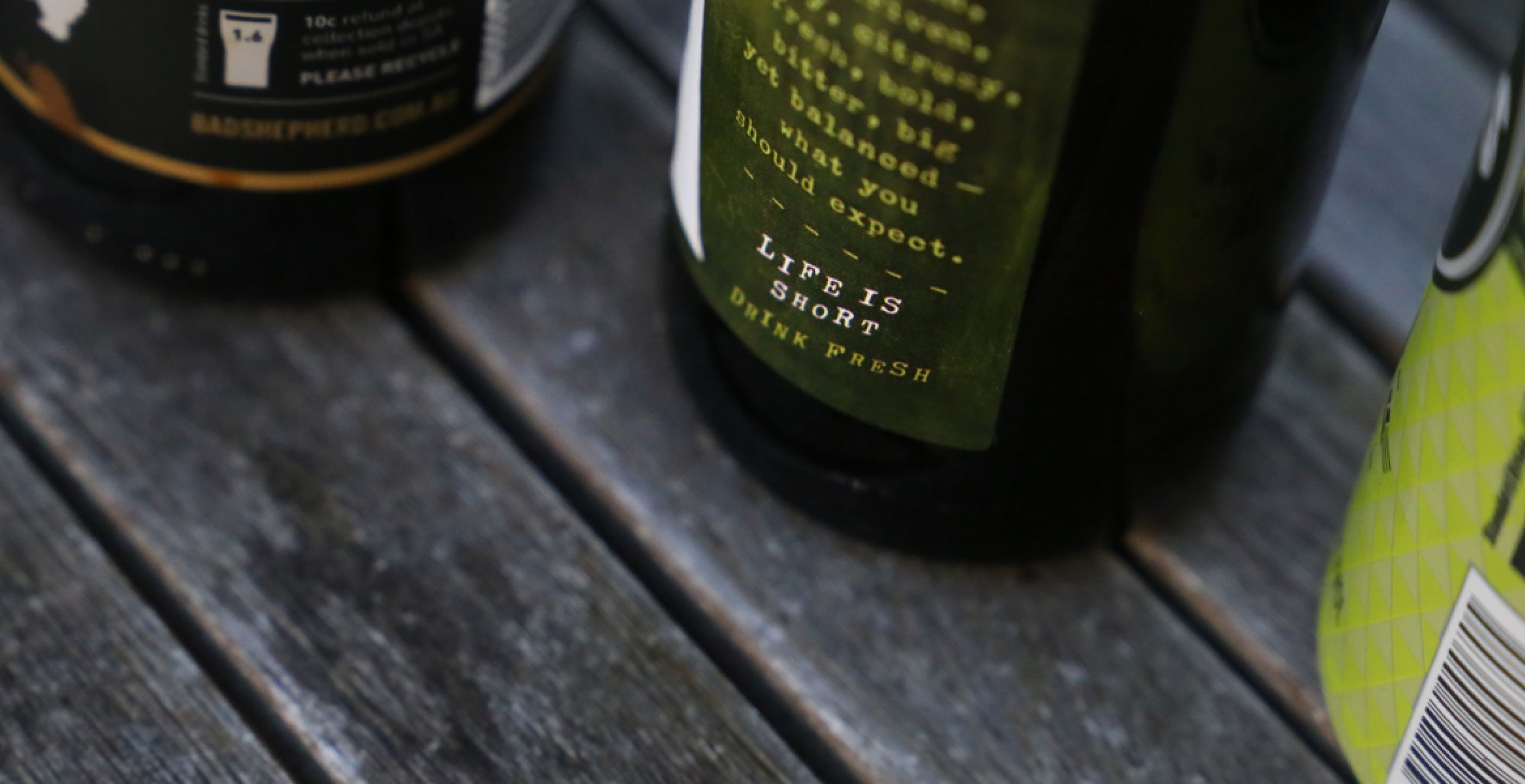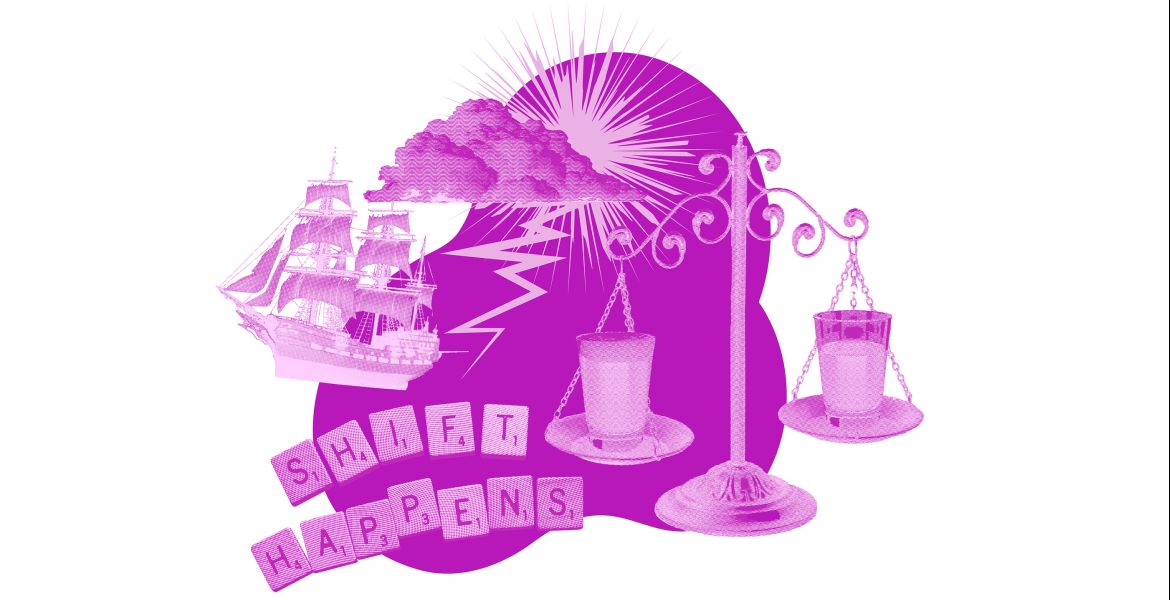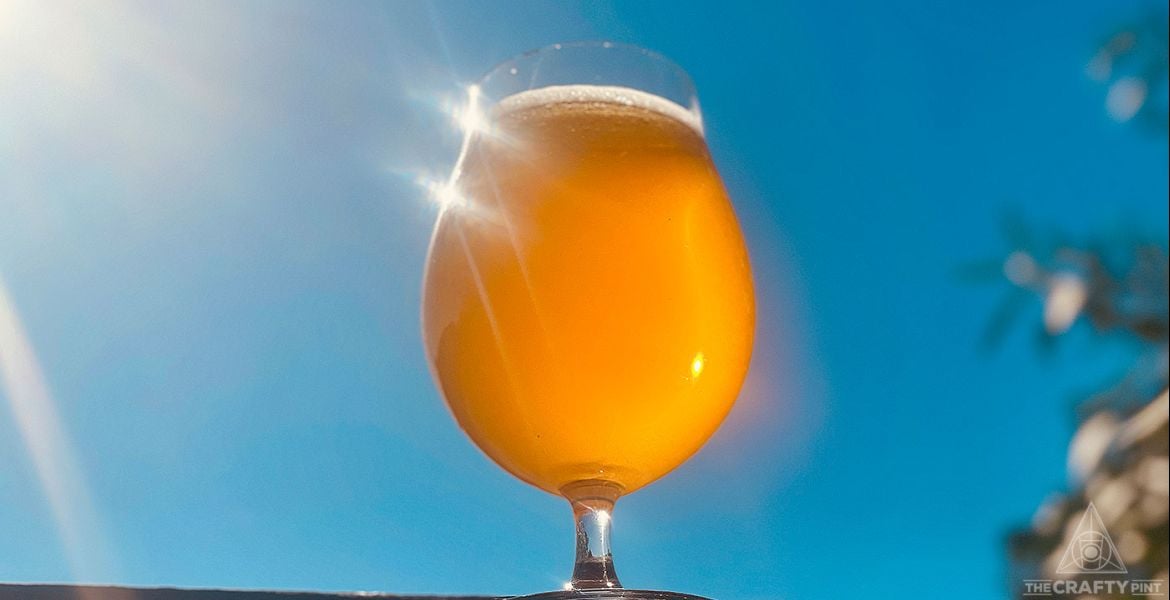Whenever the team at The Crafty Pint conducts a Blind Tasting, there is a game of chance involved. Where possible, we pick up beers for tasting from retail rather than from breweries direct, then check each bottle and can for batch numbers, best before dates, or any other identifying details that can be passed on to the readers and, subsequently, breweries when we send through the judges' nots.
Some print a best before date right on the label, some have a date on the bottle or can itself, others have nothing at all. For the consumer standing in a bottleshop, how are they to know what’s new, what’s old, and what’s been kept on the floor of a warm warehouse for months?
The best a beer lover can hope for is that the brewery will tell them. Because "fresh" might not always be what it seems.
Tom Delmont is obsessed with freshness. If you’re drinking a Fixation, he wants it to be as fresh as possible, whenever possible.
With that in mind, the Fixation team insist on cold storage, cold transportation and, in one market, they even get it cold all the way from warehouse to pub. But there’s one thing Tom can’t control, and that’s when someone picks up a bottle off the shelf and takes it home.
“It’s a real challenge in Australia, because some retailers have always had the view that beer can be stacked in the floor in the middle of summer right by the window and it’ll be fine,” says Tom.
“It’s about trying to change that mindset but it doesn’t happen overnight.”
In Australia, food safety legislation dictates that it is up to the manufacturer to determine the type of date marking placed on a bottle of beer. According to Food Standards Australia New Zealand, use-by dates of less than two years must be marked. But, as beer only degrades in flavour, rather than safety, as it ages, beer companies are not beholden to any particular law governing exactly how dates should be displayed.
This has resulted in a market where a beer you pick up from one brewery is held to a different standard of freshness to that from its neighbour down the road. For some breweries, a batch code may be all they see as necessary. For others, they want their hoppy IPA off the shelves within three months.

“We take the view that we don’t want people drinking our IPA at six months,” Tom says.
“We pack enough for a current three to four week period, and no more than that. We can divert litres from keg to pack or vice versa depending on the needs of our market, which means we don’t have cases sitting around for weeks between pack dates. We just don’t want our beer sitting around in warehouses.”
Initially starting out with a best before date of three months, the Fixation team in the beginning was packing it all by hand and date stamping each box themselves. They’ve just recently extended shelf life to six months due to a push into Western Australia. Coupled with an insistence on cold storage, Tom’s hope is that they can keep the beer fresh right up to when the punter takes it home.
“It’s far better to try and keep the beer in great condition all the way along, because that’s how you build a long-term business of quality.
“For us, we want people to know that if they’re buying a four pack of our beer then it’s worth it and it’s going to taste good.”
But for some small brewing businesses, as well as contract brewers using other peoples’ equipment, it’s not always easy or cost effective to date accordingly. Ink sprayers and labellers cost money, and there is little industry research to determine what an appropriate best before date is.
Bad Shepherd founder Dereck Hales has been working in recent months to figure out the answer to this issue. Their bottles currently have batch numbers, but no particular date. Thanks to a recent label redesign, they are on the cusp of adding date information to their products.
“The challenge we’ve had is that I’m not a fan of a subjective decision on [best befores],” says Dereck.
“I want to be sure that we have all the objective and clear specificities around what we know is the best indication of the quality of our product. We’re not just going to arbitrarily choose three months or six months or 12 months, it has to be right for each beer.”

Starting in August, his team will be conducting internal quality assurance sessions, so they can determine when their beers start to reach the end of their shelf life.
“For us, we’re chasing after it from a quality point of view, making use of our internal assessment, as well as keeping an eye on what others in the industry are doing.”
American breweries have been under the microscope in recent months for extending the best before dates on beers sent to Australia, while Firestone Walker’s claims of cold storage at Dan Murphy’s for their newly ranged beers seem to have been swiftly proven wrong. Yet the situation at home seems little better when it comes to honesty in date labelling.
The team at Mane Liquor in Perth sees it all. Owner Elliot Moore does his part to keep things fresh, by rarely buying in bulk and rotating stock regularly. It’s as much as they can do when breweries don’t keep to the same standards as one another.
“Some breweries like Stone & Wood might have three months for Pacific Ale. Hop Hog has a best before of 12 months. I think 4 Pines put four months on their Pale Ale.
“But how the hell does the consumer know? You’re never going to know how old the beer you’re drinking is. Three similar sized companies, three popular beers. I could have one from each and think that beer is all close to its best before, but one’s three months old, one’s 12 months old, and one’s four months old. It loses meaning.”
It leaves the onus on bottleshop owners to keep things fresh, and Elliot and his team do what they can to work with what they’ve got.
“If a beer’s still six months out from its best before but isn’t drinking well, we’ll either put them on special or we’ll just give them away. Even with all this space, we still can’t fit all the beers on the shelf or in the fridge so we burn and turn.
“We’d rather see new beers in the fridge constantly rather than let beers sit around collecting dust, stopping other fresh beers from getting in.”
For Elliot, breweries that have “the guts” to display the date a beer was packaged on will always win out. Beers like Stone Brewing’s Enjoy By that not only insist upon being consumed within three months, but market themselves on it, show the strength of fresh beer.
“We love that. If someone has the guts to say when it was packaged and they’ve got in bold, especially on those more aggressively hoppy beers that need freshness, that’s a great thing.”

He was recently approach by 4 Pines when they were developing their In Season IPA and looking for feedback on the best way to date the beer.
“I told them what I’m loving is when breweries put ‘canned on’ or ‘packaged on’, and have the date. That allows the customer to make up their own mind on whether they will buy the beer or not. They can make the decision.”
That feedback was well received, and cans of In Season IPA now have a stamp on the bottom stating when it was canned, as well as stating the beer is best drunk fresh. That approach, Elliot says, would be the best way forward for every brewery.
“If it’s best fresh, then say ‘enjoy within three months’ and put the package date. Stand by your beer, it’s as simple as that.”
Stamping beers with the date of packaging may just solve the issue for Bad Shepherd too, Dereck says. Breweries would no longer need different shelf lives for different products, instead empowering the beer drinker to decide whether they want it or not.
“Having a ‘packaged on’ date is pretty logical. We’ve been thinking about an end point, but no matter what you do it’s still essentially subjective. What cannot be subjective is the date you made it.
“That turns it on its head a little bit… It just lets the consumer make the decision for themselves.”
About the author: Kerry McBride is a reformed newspaper journalist who has taken the well-trodden path from Wellington to Melbourne. Her love for bad puns is matched only by her love of hoppy beers and Hallertau Funkonnay.
















